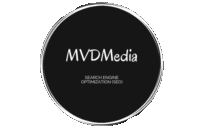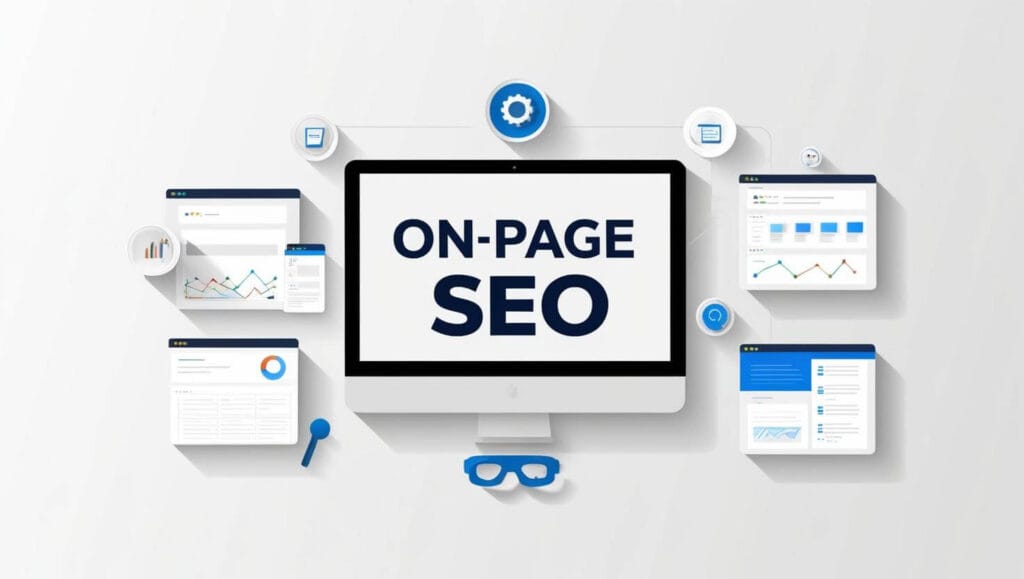Alt Text vs Image Description: A Deep Dive into Image Optimization to Boost Your SEO

Images do more than just make your content look good, they play a crucial role in how your pages rank. But when it comes to image SEO, one question comes up again and again: alt text vs image description. What’s the difference, and why does it matter?
Table of Contents
ToggleUnderstanding these two elements is key if you want to improve accessibility, enhance user experience, and boost your visibility in search results. Whether you’re a beginner or just looking to tighten up your strategy, this deep dive will walk you through everything you need to know. We’ll break down how each element works, where to use them, and how to avoid common mistakes.
If you’re serious about improving your site’s SEO, make sure to check out our complete on-page SEO guide for even more practical strategies.
What Is Alt Text?
Alt text, short for “alternative text”, is a written description of an image embedded in your website’s code.
You don’t see it on the page unless the image fails to load or you use a screen reader. But search engines do see it, and that’s where the magic of alt text starts working for your SEO.
For example, here you have the alt text of an image. As you can see it’s embedded in the code of my website.
It tells Google, and visually impaired users, what the image is about. Alt text plays a critical role in helping your images rank in search results. When used properly, alt text gives your content an edge. Google can’t “see” images the way we do. It relies on the alt text to understand context and relevance.
What Is Image Description?
An image description is a written explanation of what’s happening in an image, often for accessibility.
You’ll usually find image descriptions used to help people with visual impairments understand visual content. Unlike alt text, which is embedded in HTML code for screen readers, image descriptions are visible on the page.
For example, below you can see the image description under the picture. It’s visible for the users on the website.
Image descriptions aren’t just helpful, they’re human. They show that you’ve taken the time to communicate visually, even to those who can’t see the image. In today’s SEO landscape, user-focused content like this matters more than ever.
Image descriptions, when used thoughtfully, can enrich your content. They increase on-page engagement, support accessibility standards, and give more context to search engines (especially when paired strategically with alt text).
The Key Differences: Alt Text vs Image Description
It’s essential to understand alt text vs image description when it comes to image SEO. These two elements may seem similar at first glance, but they serve different purposes and live in different places. Here are the key differences between alt text and image description.
Visibility
Alt text is hidden from sight unless you’re using a screen reader or the image fails to load. Search engines see it, which makes it critical for SEO. It’s quietly doing work behind the scenes, helping your image rank and your website stay accessible.
Image descriptions, on the other hand, are usually visible on the page. Think of captions below a photo or text in a product listing. Anyone browsing your content can see it. That means it can influence user experience and engagement directly, not just behind the curtain.
Purpose
Alt text is primarily about function and findability. Its main role is to describe an image to people who can’t see it and to help search engines understand what the image is about. It’s both an accessibility tool and an SEO asset.
Image descriptions serve a broader storytelling purpose. They give context, add emotion, or support the content around the image. A great image description can boost trust, keep people reading longer, and even improve conversions (especially on eCommerce pages).
Length
Alt text should be short and to the point, usually under 125 characters. Think of it like a tweet that describes the image. Just a clear, concise explanation of what’s in the image.
Image descriptions can be as long as they need to be. You have room to explain, persuade, or entertain. Want to describe the mood, the story behind the image, or a product’s benefits? That’s where image descriptions shine.
Best Practices: Alt Text vs Image Description
Alt text
1. Be descriptive & specific
Alt text should clearly explain what’s in the image, especially for screen readers and search engines. Don’t just say “photo” or “graphic.” Instead of writing “man,” go for “elderly man drinking coffee on a porch.” Be specific enough to paint a mental image.
2. Keep it concise
Alt text isn’t the place for a paragraph. Aim for under 125 characters, so screen readers don’t cut it off. Say what matters most. Short, sharp, and relevant is the goal.
3. Use keywords naturally
If you can, weave in your target keyword without forcing it. For example, if your image is about “alt text vs image description,” and it shows a side-by-side comparison chart, your alt text might be: “Chart comparing alt text and image description for SEO.” But if you can’t use your keyword in your alt text naturally, leave it out.
Image description
1. Provide detailed context
Unlike alt text, image descriptions can go deeper. Use them to give extra info or background. If your image shows a person at a laptop, describe the mood, setting, and purpose: “A young woman in a bright co-working space, typing a blog post on image SEO strategies.”
2. Enhance storytelling
Think of image descriptions as part of your narrative. They help readers feel immersed in your content. If your blog is about SEO, describe how the image connects to a real-world scenario or result. This builds engagement and adds human depth.
3. Avoid redundancy
Don’t just repeat your alt text. If you already said “woman at a laptop”, don’t say it again in the same way. Use the image description to expand on it.
Ask yourself these questions:
- Why does this image matter here?
- What extra detail helps my reader?
Automatic Alt Text
Some platforms like Facebook, WordPress or Shopify generate alt text for your images automatically. This can be a hit or miss…
These tools rely on AI to “guess” what’s in your image. Sometimes they get it right, other times you end up with a vague alt text. These kinds of vague descriptions won’t help your rankings or your users.
Automatic tools won’t always catch the nuance. This way you risk missing the context. If you choose to implement automatic alt text, make sure you always review and edit it in case your alt text is vague or generic.
Automation is great and can save you a lot of time. But always review the work of AI. AI is here to support us, not to do all the work for us.
Places To Add Alt Text
Some of the most common places to add alt text are:
- Social media posts
- Blog posts
- Websites
- Product listings
- Graphs & charts


